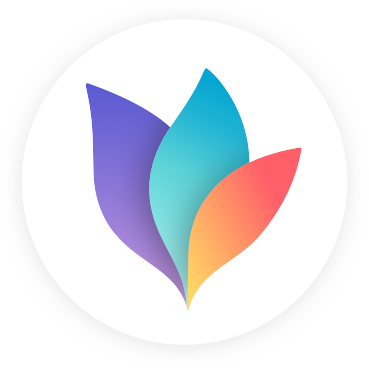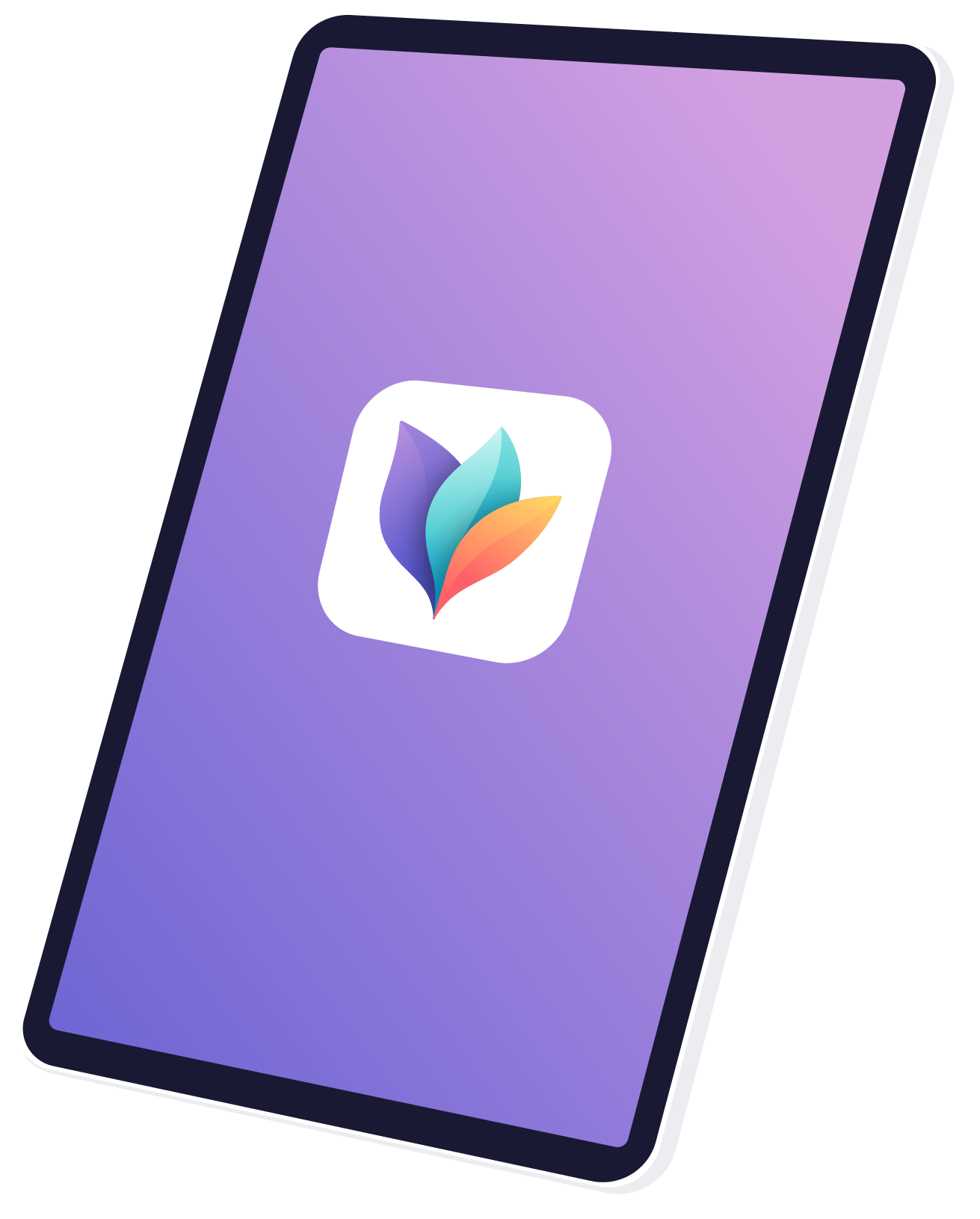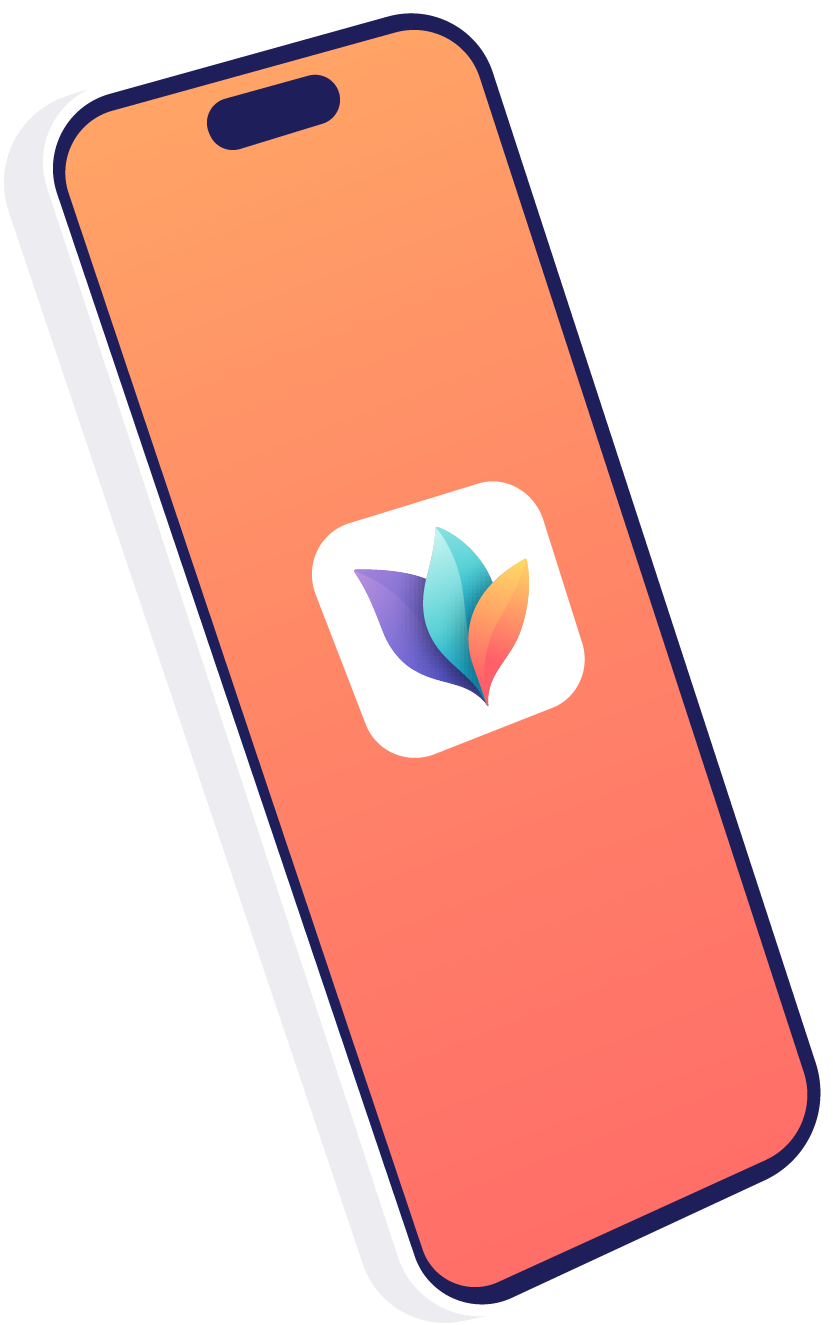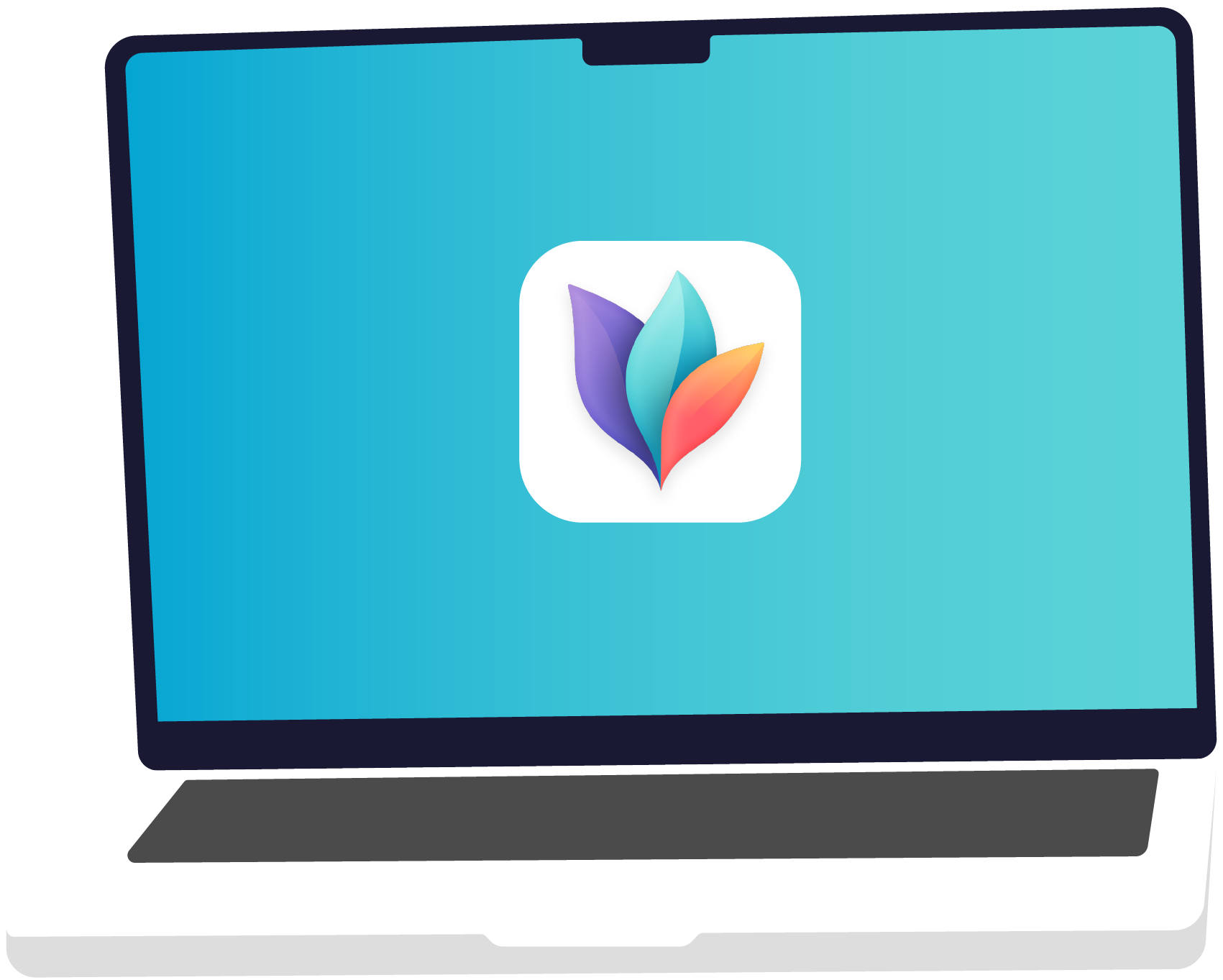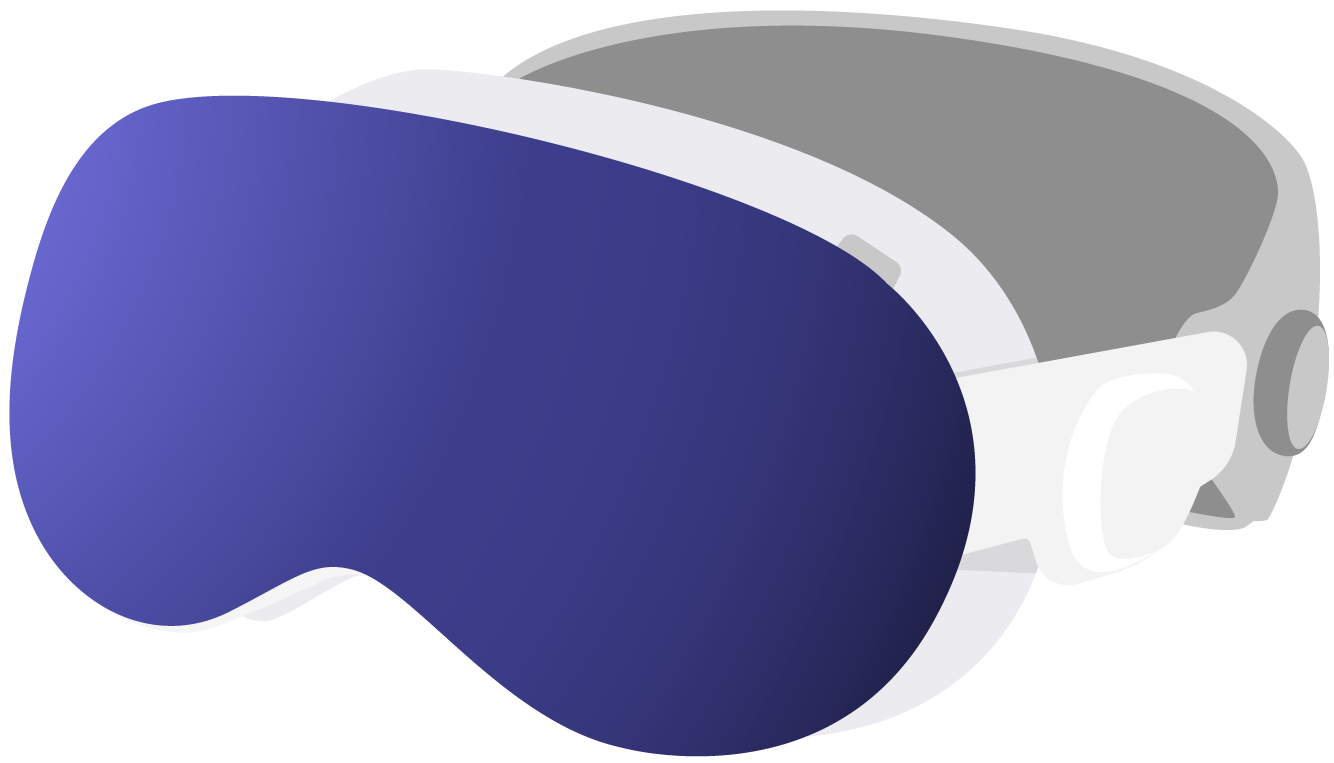
From Thoughts to Novels: How Matt uses MindNode to Write
Hi Matt! Could you please introduce yourself?
I’m a writer — a novelist, in particular — full time now. I used to be a consultant software engineer focusing on user experience and interface design, on the various Apple software platforms, but I also wrote extensively for technology magazines and web sites. I made the transition to full time writing a few years ago.
How did you discover mind mapping?
I discovered mind mapping years ago, when I was still at high school, but I didn’t use it very much at that point in my life. I did occasionally create mind maps during my years at university, but generally I’ve always used outlines as my primary planning and thinking aid.
It was only when I started to write as my job that I found both mind maps and outlining had their own roles to play.
How has it helped you, personally or professionally?
Coming from a scientific and technological background, I’m a very logic-oriented person. I like to break down ideas and concepts into their components to help me understand them. I use outlines in almost every aspect of my life, from planning home renovations to creating the plot for a novel. I find it reassuring and comprehensible to be able to see how one thing flows to the next, and to be able to put things in their proper order. In short, outlines help me to refine, understand, and track the flow of any project or process.

Mind maps are very different. Where outlines are in a sense one-dimensional, mind maps have an additional dimension of letting me see clusters of related concepts, and how many branches a dependent ideas come from a common source. Mind maps help me to do two main things: to explore the core of an idea before I really know what I’m going to do with it, and also to discover the relationships between discrete ideas.
When do you reach for mind mapping, or outlining?
One of the things you quickly learn as a writer is that you’ll actually have too many ideas, not too few. I write down every idea I have, no matter how trivial, bizarre, vague, or anything else. I find that the mere act of writing them down lets my mind suggest them to me later, in a context where they’re useful. The challenge isn’t coming up with raw ideas, but rather finding where they fit, and how they relate to other ideas. That’s where thinking tools like mind maps and outlines come into play.
My process for coming up with the plot for a novel usually involves starting with one very specific idea. It might be a core element of the story, or it might be a single scene, or even just an interesting character. There’s always something that feels like it has the potential to carry a story. That’s where I start.
If I feel like the story is something short, I might just go straight from the inspiring idea to an outline, but if it’s going to be a novel, I mind map first. I create a root node with the core idea, and the first thing I do is a sort of free association exercise, where I note down anything that the core idea makes me think about. It can be the meanings of words, or related plot elements, interesting places, other people, or anything else. Next, I tend to scan through my archive of written-down ideas, and see if any of them feel like they might be connected to the story I’m working on. If so, I add them to the map.
At that point, I zoom out so I can see the entire map, and I just let myself read it without judgement. Connections almost always become evident, even just one or two. I then start to move nodes around, and shape the tree into clusters of things that seem to go together. I don’t know why it works, but I can almost always start to see details emerging — perhaps a theme, or a genre, or the nature of the story’s central conflict.
I just allow the mind map to develop organically, sparking whatever associations come to me, and with enough attention (and plenty of breaks to let the subconscious do its work), it starts to shape itself into a few main areas that are relevant to a novel: characters, settings, plot elements, conflicts and themes, and so on.
At that point, I can take what I’ve learned from the mind map and start to slot it into the suitable form for a novel, with the three act structure, an inciting event, adversity, change, confrontation, and resolution.
Broadly, there are two types of writers: those who are more comfortable making it up as they go along (“pantsers”), and those who prefer to make a detailed plan first (“plotters”). I’m definitely in the second category. Before I start to actually write, I create an outline that’s many thousands of words long itself, to guide me.
Are there any particular features in MindNode that you have found useful?
For the most part, I use MindNode in quite a bare-bones fashion, as a robust and keyboard-driven outliner, and as an Apple Pencil-friendly mind mapping tool. I work quickly when I’m planning, and don’t tend to do much adornment — like changing colours, adding images/icons, and so on. There are two exceptions though.
First, since my outlines (and thus the mind maps they generate) can become very detailed, I use Focus Mode to visually de-emphasise subtrees that I’m not currently thinking about. I like to have multiple main nodes, for example to separate plot outlines from meta-textual elements and higher level planning, so I’ll often Focus on a particular main node while I work.

Second, when planning a novel it can be very useful to keep track of how much time you’re spending with protagonists vs antagonists, to ensure there’s a certain balance. Both types of characters need to be present and recurring, and it’s beneficial to make sure the story doesn’t dwell for too long on any one perspective. Tags in MindNode are useful for that purpose, because they place coloured dots on tagged nodes. This makes it easy for me to see which perspective a given scene is from, without having to expand all the nodes beneath it. It gives an immediately-visible overview of the balance of a plot, whether a given scene includes conflict, and anything else I care to create a tag for.
What's your favorite device to use MindNode on?
I use MindNode almost exclusively on iPadOS, because I’ve been using an iPad Pro as my full-time computer for several years. Being a writer means I have the privilege of being able to choose almost any platform or device for my work.
I’ve written a series of articles on my own web site detailing my journey since making the iPad my sole computer, including details on how I accomplish various tasks encompassing writing, publishing, book cover design, and various technical administrative tasks. Those articles can be found here.

(I do also have an iPhone, of course, and I’ve been known to occasionally add an idea to MindNode there while I’m out and about.)
